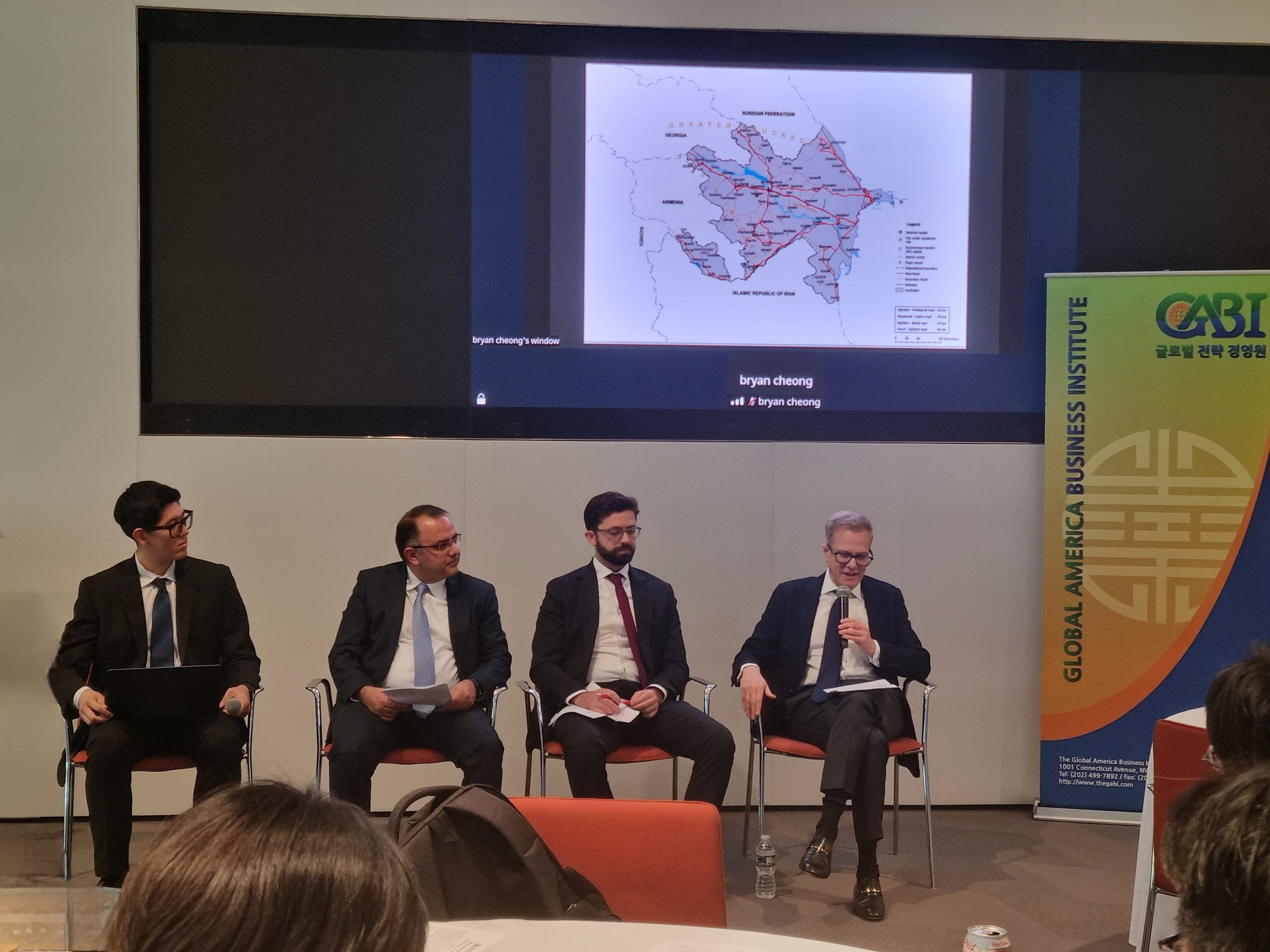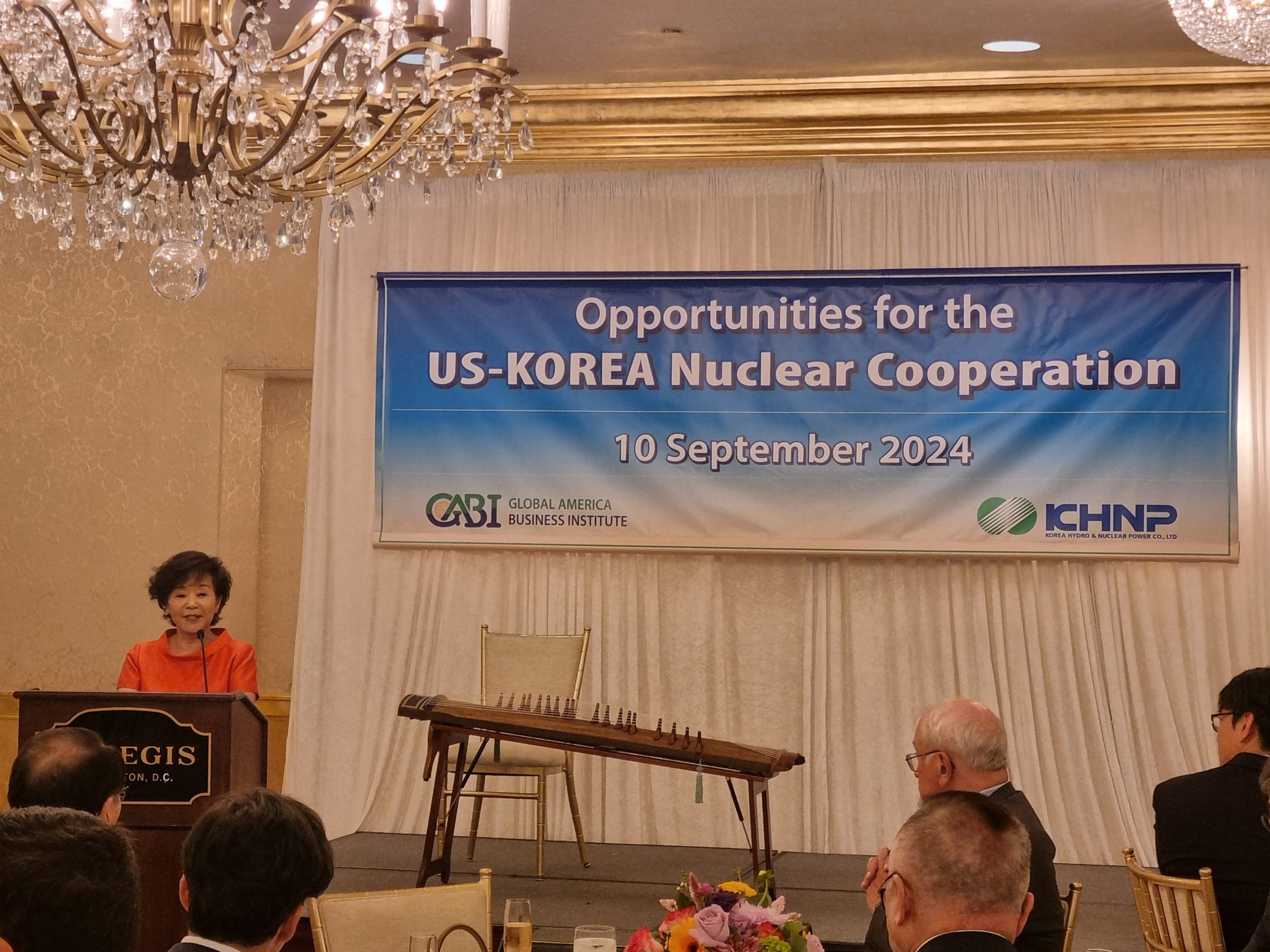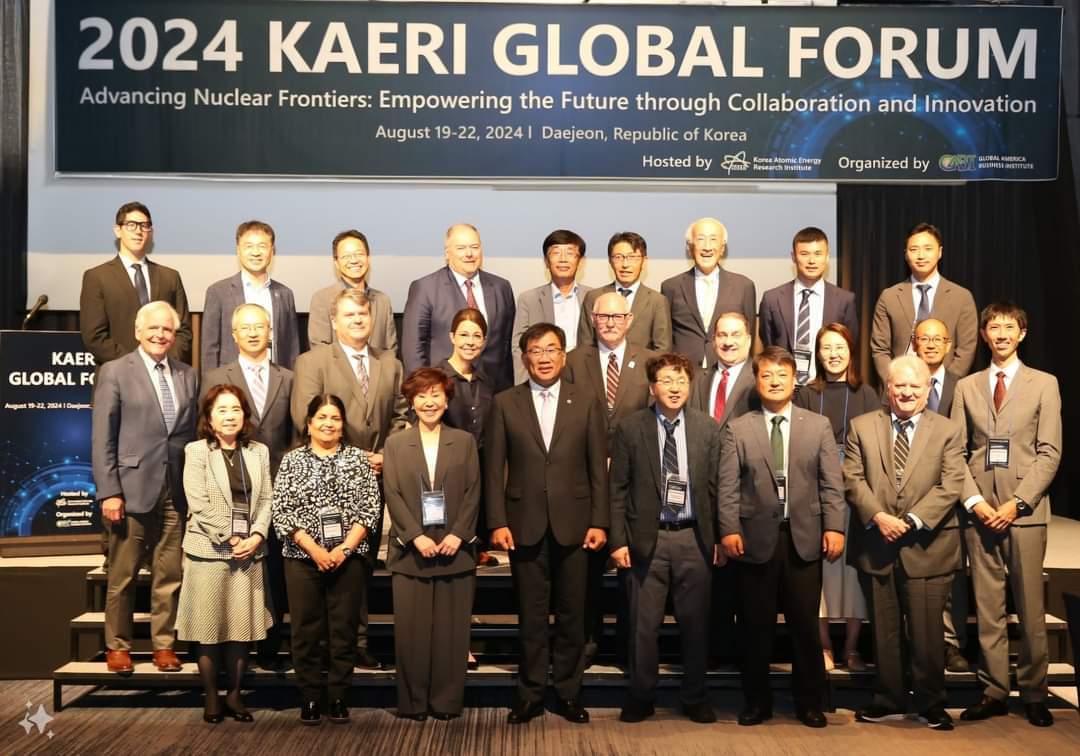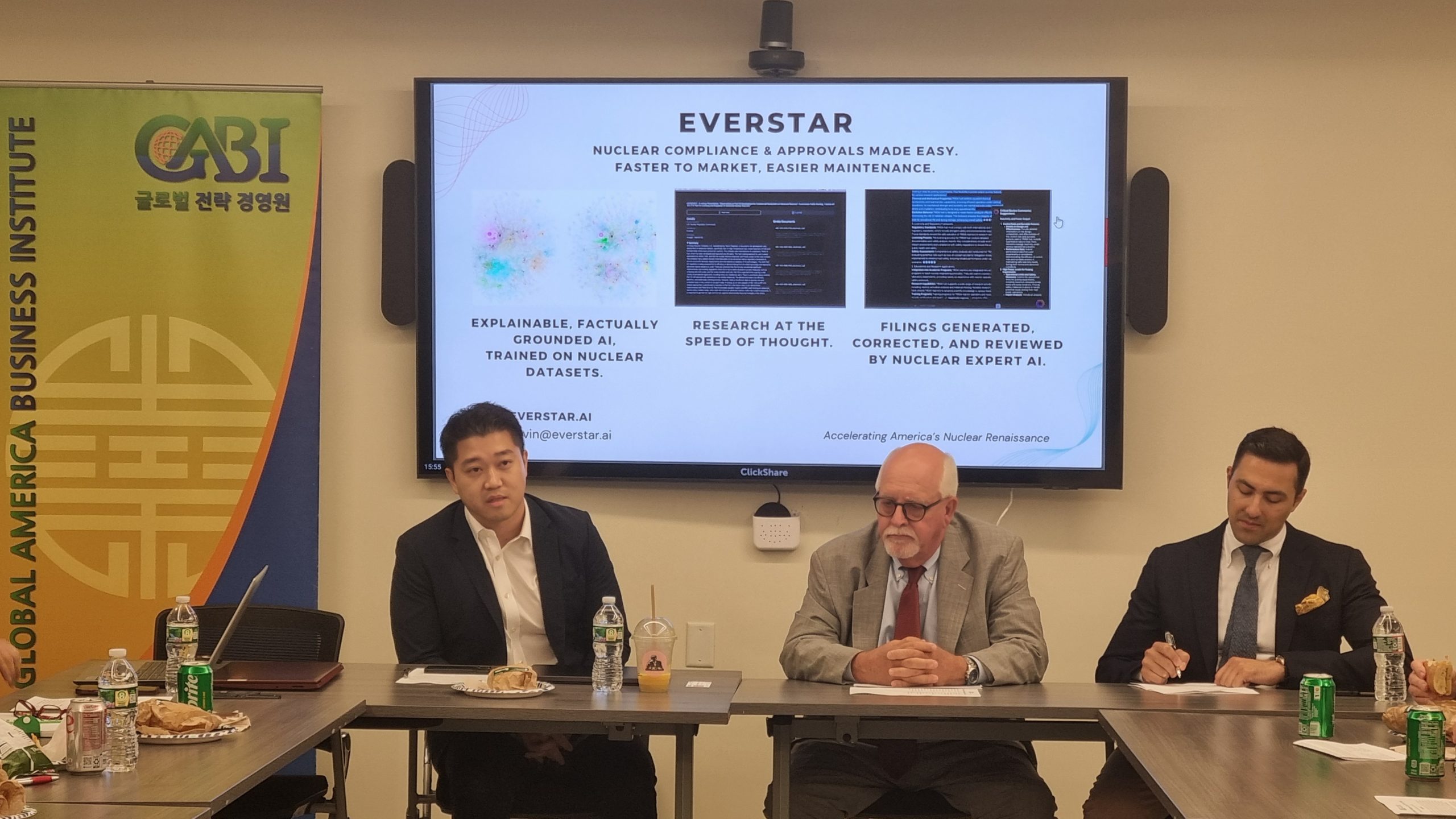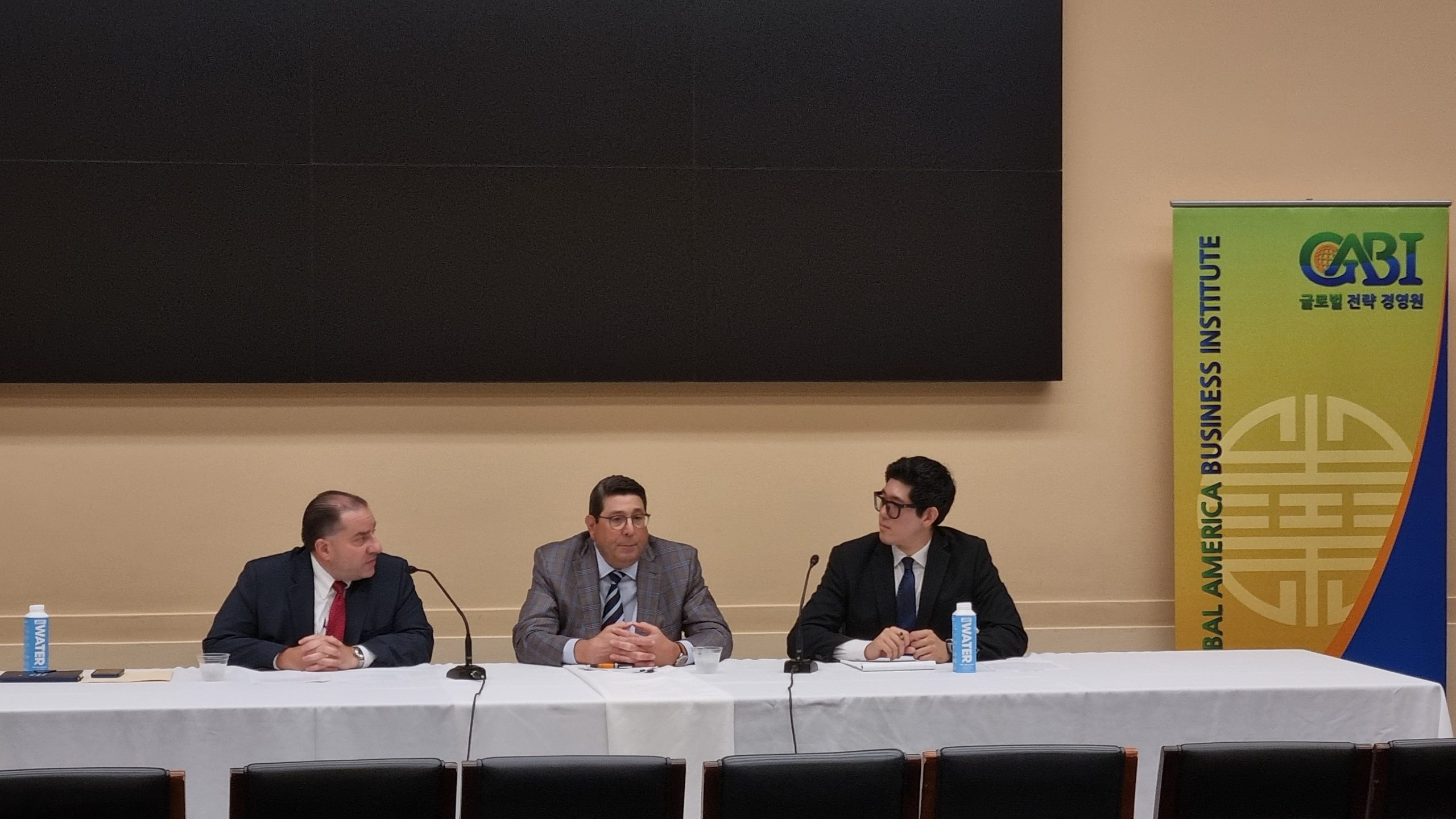The molten salt reactor (MSR) is a Generation IV reactor design that has received renewed interest in recent years from a number of advanced nuclear firms and developers in North America. MSR technology was extensively researched in the 1960s by Oak Ridge National Laboratory (ORNL), with the research work culminating in the Molten-Salt Reactor Experiment (MSRE) test reactor, constructed in 1964 and operated until 1969. Resurgent attention on MSRs has been driven by the design’s potential for high inherent safety, efficiency, reliability, flexibility, cost-competitiveness, and proliferation resistance. MSRs can also be designed to utilize and burn spent nuclear fuel, excess plutonium and other weapons material stockpiles, and depleted uranium, allowing the management of nuclear materials and reducing the costs associated with spent fuel storage and disposal. Among MSR concepts presently in development, there are variations in scale (from SMR-level outputs to 1000 MWe units), as well as both thermal and fast neutron designs, fluoride and chloride based salts, and solid (discrete) fuel units and liquid (dissolved) fuels. Each of these design decisions have their respective advantages and disadvantages, and allow for a diverse set of design possibilities and market opportunities for MSRs.


